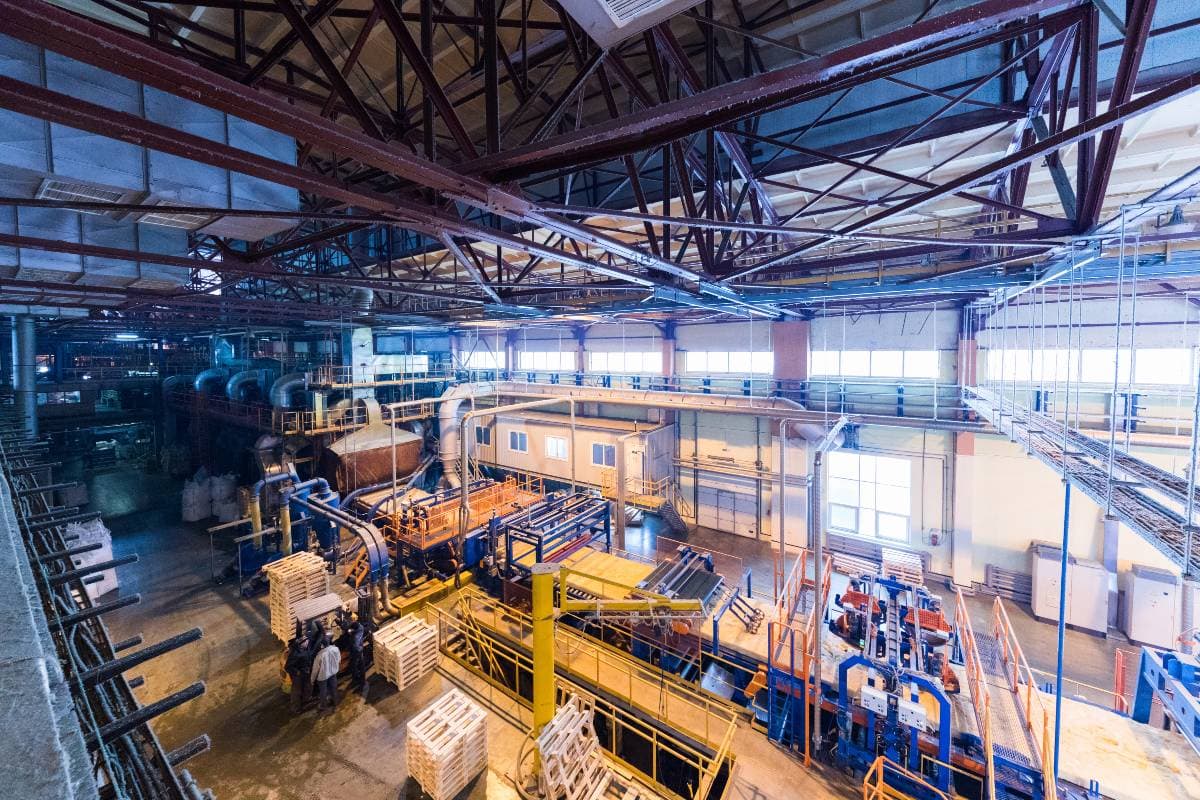As a commercial real estate professional with over 18 years of experience, I’ve witnessed numerous market shifts, but the changing industrial real estate market in SoCal is particularly noteworthy. Long considered a powerhouse, this sector is undergoing significant transformations due to recent economic conditions, evolving supply chain dynamics, and shifting investor preferences. In this analysis, we’ll explore the key factors driving these changes, emerging trends, and potential impacts of recent legislation. Understanding these shifts is crucial for making informed decisions in today’s market.
The Current State of SoCal Industrial Real Estate
Supply and Demand Dynamics
In my daily interactions with clients, I’m noticing a significant shift in the market. After years of robust growth and seemingly insatiable demand, we’re now facing increased supply, softening demand, rising vacancies, and negative absorption. It’s a stark contrast to what we’ve become accustomed to, and it’s leading many to question the future of industrial properties in Southern California.
However, I’m not pessimistic. In my conversations with industry leaders like Josh Cox, NAIOP-Inland Empire President-Elect and senior vice president with Hillwood, I’m hearing a consistent message: industrial real estate is still viewed as a stable asset type within commercial real estate. This sentiment aligns with what I’m seeing in my own practice – while the market is changing, interest in industrial properties remains strong.
The Investment Landscape
It’s true that we’re no longer seeing the record-breaking sales levels of 2021. But in my experience, interest in the industry as an asset class, particularly in Southern California, remains significant. The nature of these investments, however, is evolving.
One of my colleagues, Jeff Rinkov from Lee & Associates, recently shared an observation that resonates with what I’m seeing:
“We’re in a period where there’s a gap between the bid and ask of all asset classes. Meanwhile, price discovery is going on that needs to accommodate other than negative leverage.”
This gap is something I’m navigating daily with my clients, helping them understand and adapt to these new market realities.
Key Trends Shaping the Market
Shift Towards Smaller Assets
One trend I’m increasingly advising my clients on is the growing preference for smaller industrial assets. Larger properties, especially those priced over $100 million, are seeing a thinner pool of buyers. This shift reflects a desire for more manageable, cash-friendly investments in our current uncertain economic climate.
Rising Cap Rates and Changing Underwriting
Another significant change I’m observing is the impact of rising cap rates on underwriting practices. While there’s still plenty of interest in SoCal industrial, especially logistics buildings, these rising cap rates are altering how deals are structured and slowing overall sales velocity. It’s a challenge, but one that presents opportunities for savvy investors who can navigate these new waters.
The Capital Question: Availability and Strategies

Debt Market Challenges
Gone are the days of easily obtainable, low-cost debt. I’m working closely with my clients to develop new strategies to cope with higher interest rates. One approach we’re exploring is the use of negative leverage, relying on below-market legacy rents. However, I always caution my clients about the risks involved, especially in our current market with softening demand and increasing supply.
Lender Preferences and Availability
In my conversations with lenders, I’m noticing a shift in preferences. They’re becoming more selective, favoring transactions they can hold “on book” without syndication. They’re looking for deals with compelling submarket narratives, strong tenant demand, and good labor availability. Regional banks and debt funds are currently the most active in construction lending, while money center banks are largely on the sidelines.
Equity Capital Availability
On a more positive note, I’m finding that equity capital is still available, even if it’s not as abundant as before. The public markets, in particular, continue to be a good source of capital. I’m also seeing increased interest in value-added and opportunistic opportunities among my clients, especially in SoCal industrial equities. This sector has been showing resilience and attracting investor attention.
The CHIPS Act and Its Impact on SoCal Industrial
The CHIPS Act of 2022 is a hot topic in our industry right now. While its national impact is expected to be significant, its influence on the SoCal market is more debated. In my discussions with local experts, I’m hearing mixed views:
| Expert | Company | View on CHIPS Act Impact in SoCal |
| Bob O’Neill | CapRock Partners | Positive: California supports local companies with research grants and hosts major tech HQs |
| James Camp | Rockefeller Group | Supportive: SoCal ports crucial for raw material imports |
| Carter Ewing | CT Realty | Challenging: Regulatory and infrastructure issues may hinder full benefit |
| Luke Staubitz | Kidder Mathews | Cautious: California needs to become more business-friendly to compete with neighboring states |
| Josh Cox | Hillwood | Concerned: Government regulation poses challenges for land acquisition and development |
My take? While the CHIPS Act presents opportunities, capitalizing on them in California will require navigating some unique challenges.
Looking Ahead: Market Outlook
Despite the challenges, I remain cautiously optimistic about the future of SoCal industrial real estate. Here’s why:
- Market Stabilization: I anticipate the markets will stabilize by the end of the year, potentially bringing many investors and liquidity off the sidelines.
- Cap Rate Compression: I’m expecting to see cap rate compression in the second half of 2024, assuming a stable interest rate environment. This could make investments more attractive to buyers.
- Continued Interest in Industrial: Industrial remains a favored asset class among investors due to its low maintenance costs and simplicity of ownership. While we need to resolve the current lull in tenant demand, I believe industrial will continue to be a high-identity class for asset investors.

What are the current vacancy rates in Southern California’s industrial market?
How has rent growth changed in recent years?
What factors are influencing the industrial real estate market?
What trends are emerging for industrial sales in 2024?
Conclusion
The Southern California industrial real estate market is undoubtedly in a state of flux. But in my 18 years of experience, I’ve learned that change brings opportunity. The key to success in this evolving landscape lies in understanding these new dynamics and being able to navigate complex transactions.
Whether you’re a seasoned investor looking to optimize your portfolio or a business owner seeking to make informed decisions about your industrial real estate needs, I’m here to help. My deep knowledge of the industry and track record of successful transactions can be your guide in these uncertain times.
Don’t let the changing market catch you off guard. I invite you to schedule a consultation with me today. Together, we can navigate the evolving landscape of Southern California industrial real estate and unlock your real estate ambitions in this changing market. Let’s turn these challenges into opportunities.




